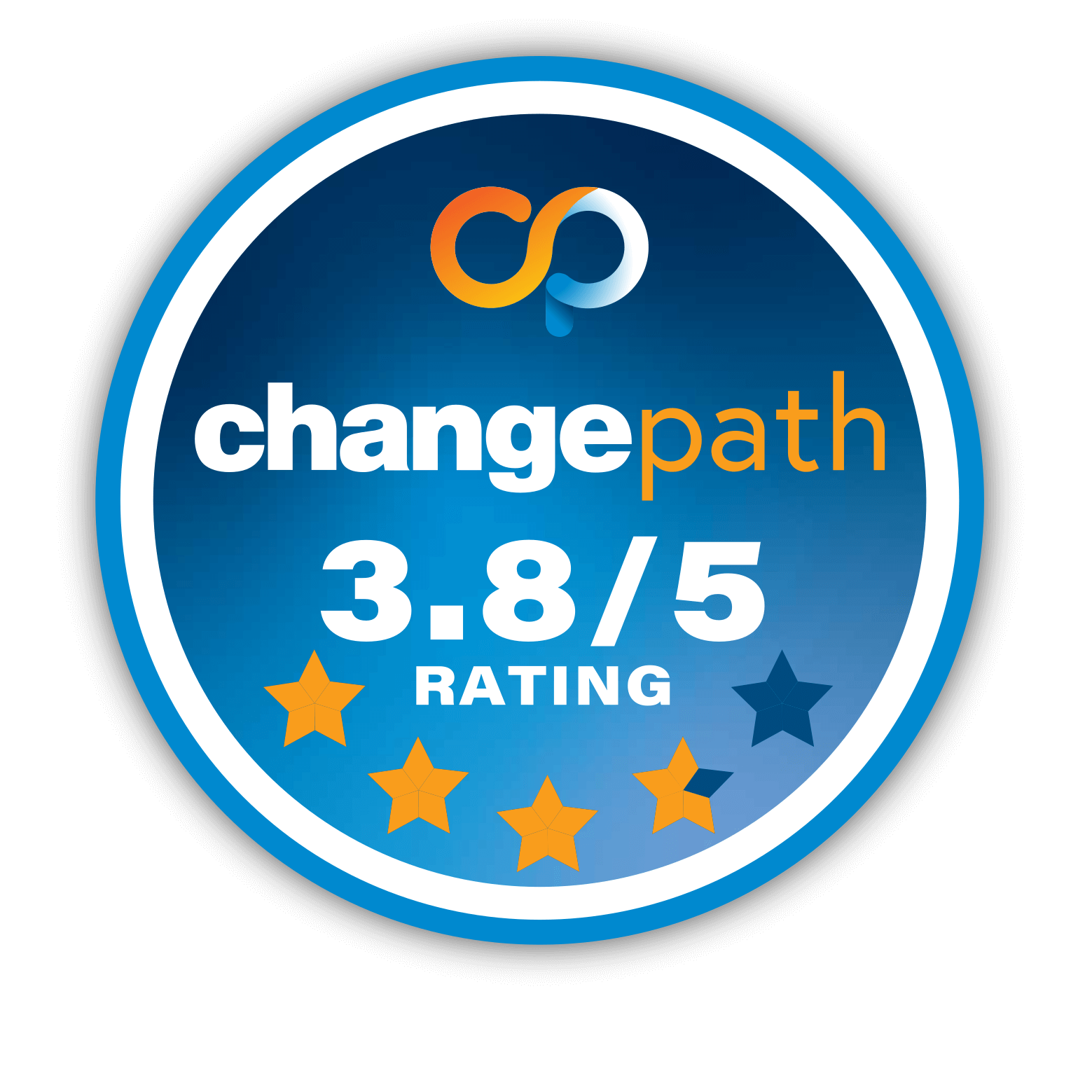About this organisation
Summary of activities
TURSA delivered employment and training services to over 30,000 unemployed jobseekers during 2020-21 in accordance with Government requirements, and provided supplementary support and assistance from TURSA's own accumulated funds, retained for the purpose of such support and to stabilise disadvantaged clients. Assistance was also provide for participants to access support and assistance from other support agencies including accommodation, essential needs, personal mental health assistance, and housing. Approximately 17,500 positive outcomes, as deemed by Australian Government and the Department of Education, Skills & Employment, for those jobseeker clients - not including specialist disability services clients - were achieved in the 2020-21 financial year through the delivery of employment service alone. No commercial employment or labour hire services were delivered by TURSA to achieve that result.
Like what you see?
Outcomes
Outcomes are self-reported by charities
Programs and activities
Name: jobactive
URL: https://www.tursa.com.au/job-seekers/jobactive-services/
Classification: Employment (Economic development > Employment )
Beneficiaries:- People from a culturally and linguistically diverse background (or people from a CALD background)
- Aboriginal and Torres Strait Islander people
- Unemployed persons
- Financially disadvantaged people
Name: Disability Employment Services
URL: https://www.tursa.com.au/job-seekers/disability-employment-services/
Classification: Disability services (Human services > Special population support > Disability services)
Beneficiaries:- People with disabilities
- Unemployed persons
Finances
What is this?
This graph shows how much revenue (money in) and expenses (money out) the charity has had each year over the last few years. Charities have many sources of revenue, such as donations, government grants, and services they sell to the public. Similarly, expenses are everything that allows the charity to run, from paying staff to rent.
What should I be looking for?
First off, this graph gives a general indication of how big the charity is - charities range in size from tiny (budgets of less than $100,000) to enormous (budgets more than $100 million). You're also looking for variability - if the charity's revenue and expenses are jumping up and down from year to year, make sure there's a good reason for it.
Unlike companies, charities and not-for-profits aren't on a mission to make money. However, if they spend more than they receive, eventually they will go into too much debt and run into trouble. As a very general rule, you want revenue to be slightly above expenses. If expenses is reliably above revenue, the charity is losing money. If revenue is much larger than expenses, it means the charity might not be using its resources effectively. It isn't always that simple, however, and there's a lot of reasons a charity might not follow this pattern. They might be saving up for a big purchase or campaign, or they might have made a big one-off payment. If you're worried, always look at the annual and financial reports to understand why the charity is making the decisions it is.
What is this?
If a charity receives more money than it spends, that's a surplus (in business, it would be called profit). If it spends more than it receives, that's a deficit. This chart shows surpluses and deficits for the charity over the last few years.
What should I be looking for?
Unlike companies, charities and not-for-profits aren't on a mission to make money. However, if they spend more than they receive, eventually they will go into too much debt and run into trouble. As a very general rule, you want a charity to make a small surplus on average. A deficit means that charity lost money that year, which may indicate poor financial management or just a series of bad circumstances. If the charity always has a huge surplus, it means the charity might not be using its resources effectively. It isn't always that simple, however, and there's a lot of reasons a charity might not follow this pattern. They might be saving up for a big purchase or campaign, or they might have made a big one-off payment. If you're worried, always look at the annual and financial reports to understand why the charity is making the decisions it is.
What is this?
This chart compares the amount the charity receives from various sources, including donations (i.e. money given by the general public or philanthropy), goods and services, government grants, and other sources.
What should I be looking for?
Donations are an important source of revenue for some charities. Others rely more heavily on government funding, or on revenue from other sources. This is an indication of how much they need donors to accomplish their mission. Note that there is no 'good' or 'bad' amount of donations for a charity to have. It might be interesting to look at values over time - are they going up or down? A charity that gets less donations every year may be in trouble.
What is this?
Assets are things that the charity owns that are worth something. This could be anything from a car to investments. Similarly, liabilities are debts or obligations that the charity owes to someone else, like a loan or an agreement to pay for something.
What should I be looking for?
Firstly, in general a charity should have more assets than liabilities. If it doesn't, it implies that the charity might not be able to pay its debts, and you should look very closely at the charity's annual and financial reports to make sure they are taking steps to remedy this. Current assets should generally be above current liabilities - that means the charity can easily pay off the debts that are coming due soon. Beyond that, look for a large stockpile of assets. While a charity should have enough assets to keep it afloat in hard times (a 'buffer') if that stockpile gets too large the charity could be using that money more effectively. As always, if you have concerns check the annual and financial reports.
Transparency
Scoring detail
Details
